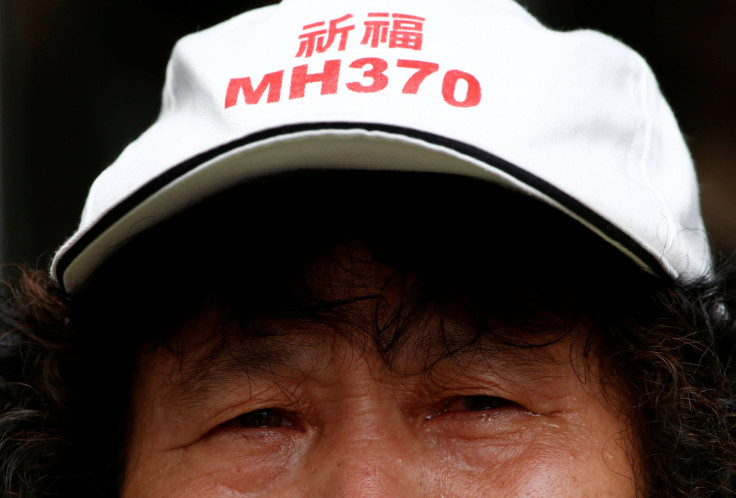Flight MH370 Update: Renewed Search By Ocean Infinity Enters Next Phase

The renewed search for missing Malaysia Airlines flight MH370 entered its next phase as the initial search of 3,160 sq. miles did not yield any concrete clues as to the plane's whereabouts. Texas-based Ocean Infinity — which has signed a "no cure, no fee" deal with the Malaysian government to find the jetliner — is scouring a remote part of the southern Indian Ocean, where the ill-fated plane is believed to have gone down.
The second leg of the search includes scouring through an area of the 9,652 sq. miles primary search region. According to a report, citing an update posted Tuesday by Malaysia’s MH370 Response Team, Ocean Infinity’s search ship, the Seabed Constructor, was able to launch all eight of its autonomous underwater vehicles following favorable weather conditions. Earlier, the search operation was hampered due to bad weather.
The Seabed Constructor is searching an area on the northern part of the 9,652 sq. miles area defined by the Australian Transport Safety Bureau (ATSB) as the most likely resting place of the missing Boeing 777.
Flight MH370 disappeared in March 8, 2014 with 239 people on board while en route from Kuala Lumpur to Beijing. A multimillion-dollar search operation that lasted three years could not find the plane's fuselage and the cause of the crash. The search was called off last year after more than 46,000 square miles of the ocean floor was scoured.
During the latest search, Ocean Infinity plans to find Flight MH370's flight data recorder, which could hold key information that may help investigators learn about what happened to the jet. While it is almost impossible for the data stored in the recorder to have survived for so long under such great depths of the ocean, Seabed Constructor has a remotely operated vehicle (ROV) capable of retrieving the recorder.

Several concerns were raised about the latest search after Seabed Constructor “disappeared” from satellite tracking between Feb. 1 and Feb. 4.
Malaysian Transport Minister Liow Tiong Lai later said the Seabed Constructor’s transponder was switched off.
“But it is all normal, and if they want to switch it off, they have every right to do so,” Liow had told the media, adding there was no cause for concern.
Since the plane's disappearance, several conspiracy theories have surfaced about the jet, with some saying the pilot deliberately crashed the plane while others hinted at a hijack. However, authorities confirmed none of the theories.
The only positive clue so far about the plane's disappearance came when debris pieces washed up on the shores of islands in the Indian Ocean. After analyzing the pieces, authorities said some of them came from the missing jet.
Blaine Gibson, the independent wreckage hunter who found several plane debris, said in January that he was confident the plane will be found.
"I believe firmly that this mystery will be solved," Gibson told Australia’s ABC news network at the time. "That we will eventually know what happened on the plane. That may come very soon... If the Inmarsat data and its interpretation are correct I'm confident that Ocean Infinity will find it."
© Copyright IBTimes 2025. All rights reserved.





















